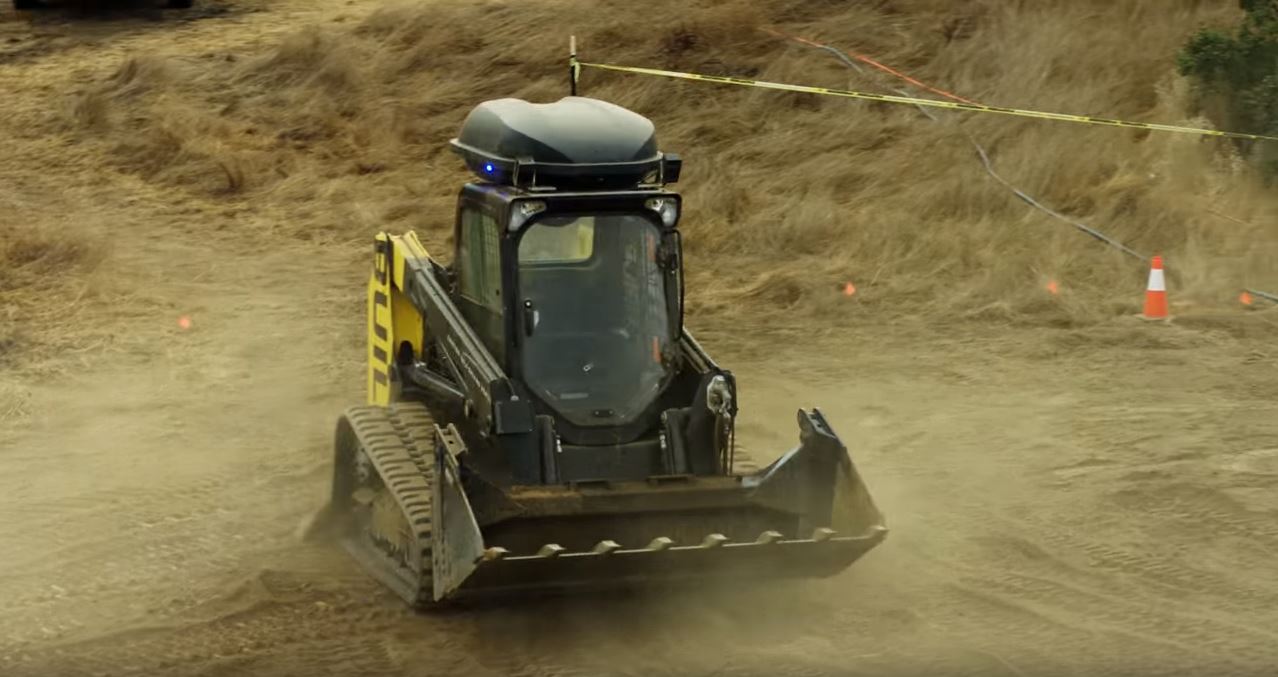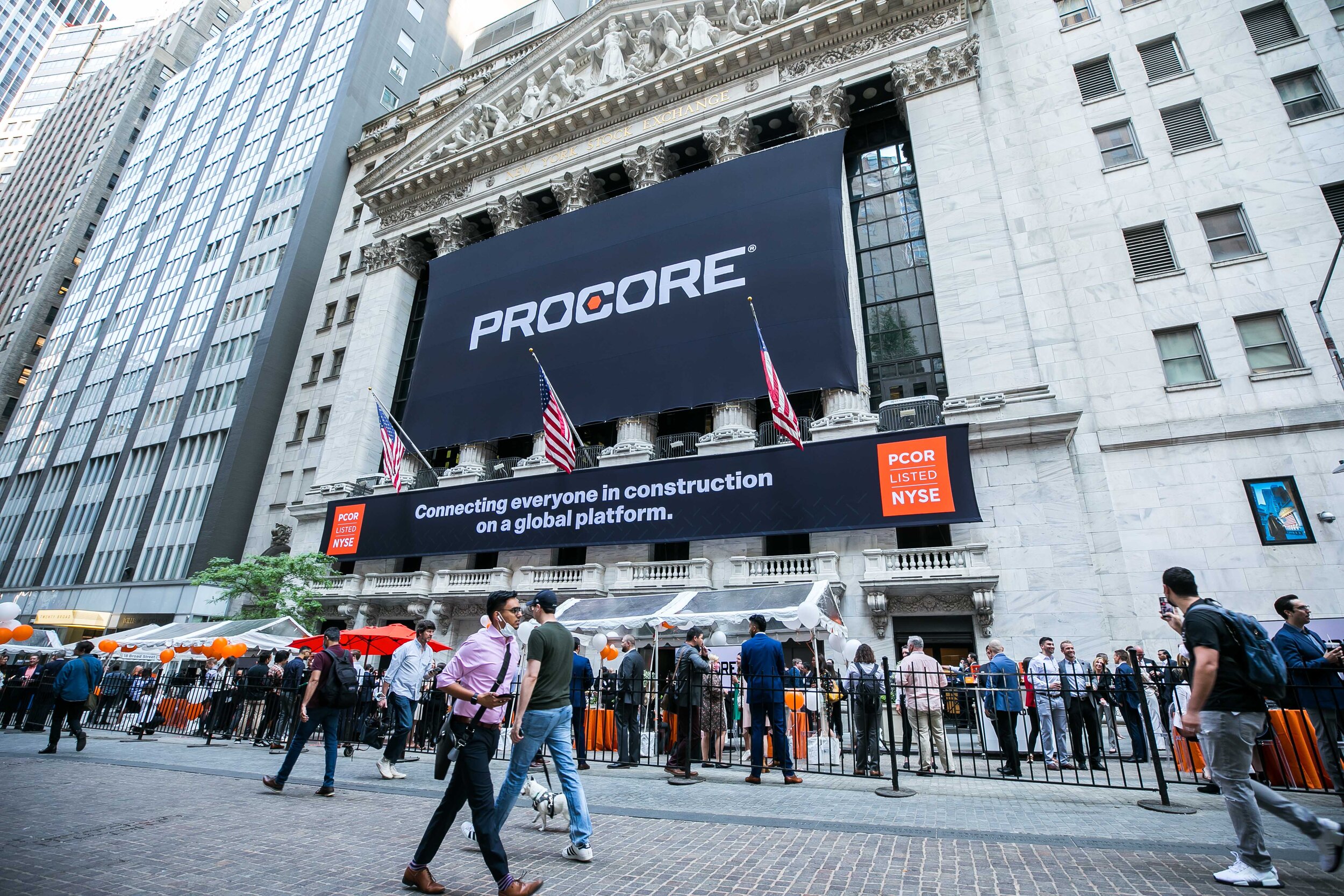It seems like every month there’s a new robot being debuted for the construction industry, with the promise of reducing costs and improving productivity and safety. There are robots for laying brick and block, placing concrete, and even self-driving mining trucks. The most recent robot to hit the job site is Built Robotics’ Autonomous Track Loader (ATL).
The ATL is powered by a rooftop cargo carrier that is filled with electronic equipment, including Light Detection and Ranging (LIDAR). LIDAR utilizes a pulsing laser in order to measure distance and range from objects around it. These lasers are specifically designed to withstand high-vibration and high-impact environments, like the ones found in the construction industry.
Once the coordinates are loaded into the ATL’s software, it uses the LIDAR and GPS, which is accurate to the nearest centimeter, to get to work cutting and dumping the soil. Another sensor on board the robot allows it to avoid collisions, but as Wired points out, a supervisor with a large red and orange kill switch must remain on site to shut it down, if needed.
The ATL is only being used on small pilot projects in the San Francisco area at the moment, but the Built Robotics team believes we’ll start seeing robots on job sites well before self-driving cars hit US roads.
This robot is not a speed demon, however, as its makers only claim that it can match the pace of a human worker. Robots can obviously make up for speed with overall duration of work, however, as long as there are not restricted work hours and noise ordinances.
You can check out a short video of the ATL below:
Full story: THIS ROBOT TRACTOR IS READY TO DISRUPT CONSTRUCTION | Wired











In the midst of fierce discourse over the bipartisan infrastructure bill lies a unique opportunity for the United States.